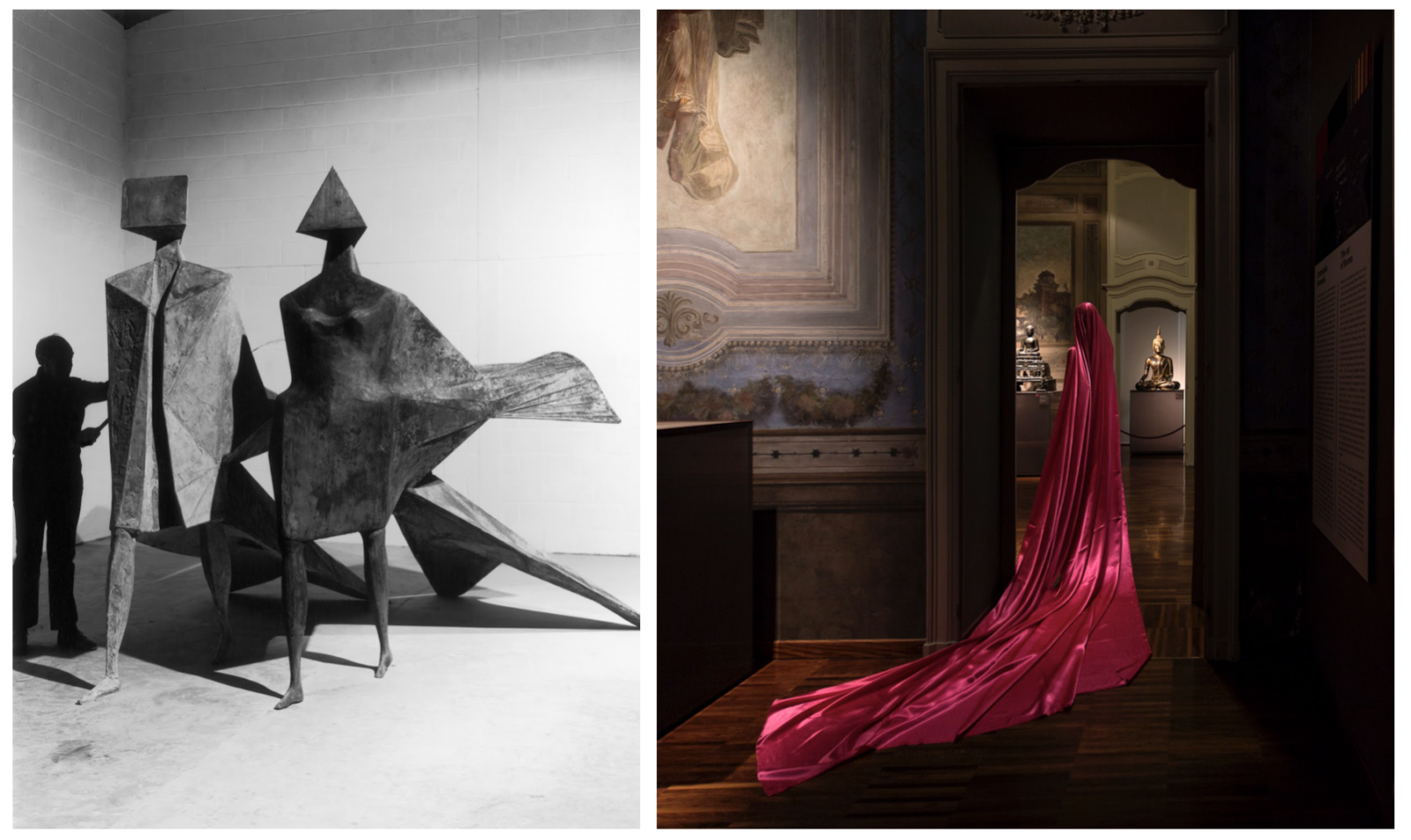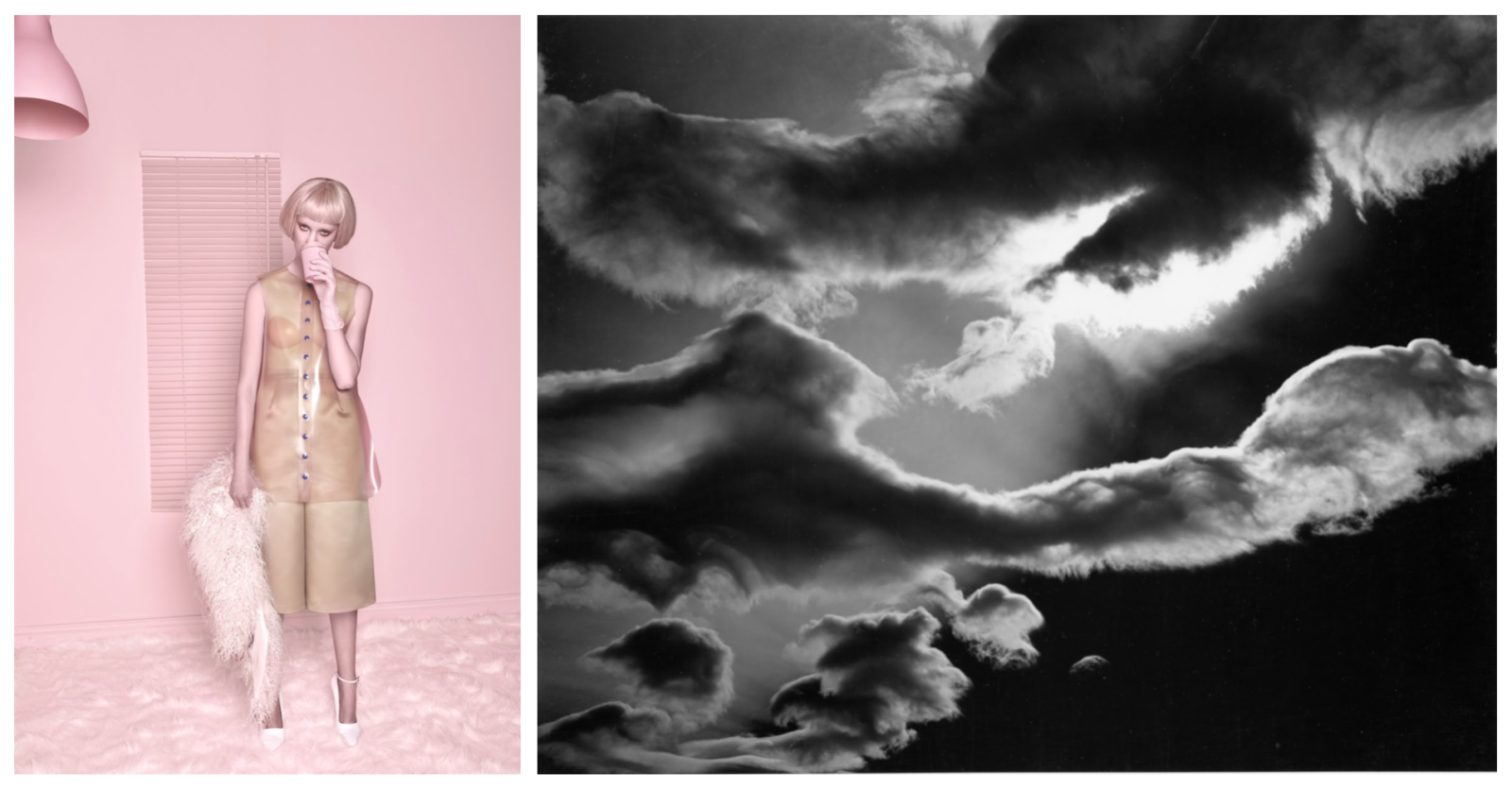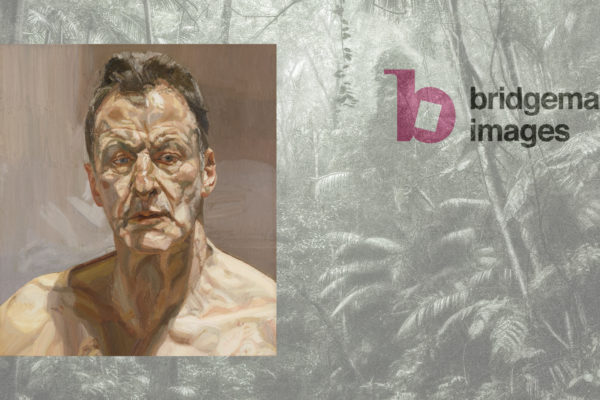Bridgeman Images on the licensing of historic art and the future of digital copyright
In this exclusive and wide-ranging interview for FIPP, Artist Manager for Bridgeman Images, Aretha Campbell, gives us an art-world’s eye view on the global industry. Discussing everything from licensing art to providing historic footage for film & television, and beyond to contemporary copyright laws and the impact of social media and NFTs, we here take an in-depth look at content creation and monetisation through its most premium of perspectives.
As ever the good starting point, I asked Aretha to introduce herself and her role at the company…
“So my name’s Aretha Campbell, I have worked within the contemporary art world for twenty years now. I’ve been at Bridgeman for just over six years and I am the Artist Manager there. My role within that is to look after the 1,500 artists and estates that we represent.”
“That is everything from really famous artists like the estate of Lucian Freud, the estates of Carlos Cruz-Diez, Augustus John, Stanley Spencer, through contemporary artists like Gavin Turk and Maggi Hambling… to bright, young things who have just come out of art school. We make sure that their work is protected for their copyright and help them to increase their revenue streams through the licensing industry.”
A History of Art (Licensing)
The company was founded in 1972 by Viscountess Harriet Bridgeman, and remains a family-run business. Providing a central resource for the licensing of fine art and archive footage, Bridgeman Images works with museums, galleries, collections and artists.
“Harriet began to work with museums and collections to bring in transparencies, and to digitise works and put them into an art library. This created a centralised place where initially publishers could come to find art, and as the business grew it became the fashion industry, and the film industry, and television and documentaries.”
“Bridgeman became somewhere that they could go to research projects and then be able to license and clear the rights for those images, without having to go to every single individual estate or museum for every single picture that they wanted. And it was Harriet’s idea to have this all under one space.”
“As the business grew she was approached more and more by famous artist estates – and lesser known artist estates – to help them with legacy planning, copyright clearances, and licensing. 25 years ago we set up a New York office, then Paris, then Berlin, and most recently an office in Bologna. We also work with agents throughout Asia and Latin America. It’s a niche market, and there was obviously a gap there that we really needed to fill.”

As alluded to in the introduction of this interview, if publishers are today partly defined as the creators of premium content, then what we consider to be art is in a sense the premium of that premium. And while there are similarities between the traditional art world and the sectors that we have come to think of as media, news, & entertainment, there are undoubtedly differences too.
So just what separates out the Bridgeman area of expertise from perhaps more mainstream or universal content licensing companies?
“Yeah I mean, we have stock photography don’t get me wrong, we do have that in the archive. But I think where we differ from something like a Shutterstock, is that we take an extremely curated approach to our content. So we have maybe eight million images in the archive at present, with 14,000 clips of footage, and the footage is growing more and more. As you say it’s not just contemporary art – it’s very much historical, cultural, we represent people like the Natural History Museum, the British Library, the Institute of Chicago, Museum of Contemporary Art in San Francisco, as well as loads of amazing photographic archives.”
Bridgeman’s footage offering will be a particularly interesting one for anybody who has ever wondered how shows manage to blend historic film so seamlessly into contemporary productions. In fact, during Covid – because even present day filming was largely halted – the company saw an increase in demand for moving pictures, regardless of what era they came from.
Film & Television
“I think something we definitely noticed with Covid last year was the increase in demand for our footage. Because companies like Netflix, like HBO, and independent production companies weren’t able to do live filming. So particularly with hospital documentaries, or a lot of feature films as well actually, they could use some of our clips from the footage department to fill in those gaps, and that meant that they didn’t have to entirely stop production completely.”
“We just worked on a really interesting feature film in New York for example, which again is set during the second world war, and they wanted historically accurate footage to be used in certain scenes. That was then mastered and I think combined with the present day way in which they were filming… although I mean, I am not a filmmaker!”
“The other side of the footage stuff is not necessarily the historic angle, but for example we recently worked on Riviera for Sky Atlantic. That is about a famous art collector, and they wanted it to be true to life… so they needed to license Lucian Freud, they wanted Maggi Hambling in it. And so they needed to come to us for those picture licenses to put that content in the background set essentially.”
“But it is really interesting all the different ways in which a three minute footage clip or a still can be used in the licensing industry. It’s not just a book cover. It can be anything from advertising to t-shirts, it could be iPhone covers, it’s such a vast industry.”
And that breadth of application also showed during Covid, when it was not just the filmmaking sector that the company received increased interest from…
“Another area that’s just been booming so much during Covid with everyone being at home is the print and wall art sector of the industry. When we are all on our phones and scrolling through our Instagrams and looking for example for a print to go on the wall, the chances are that they probably come from Bridgeman, which is the original source. Could be a contemporary picture of the Mona Lisa sitting on your kid’s university wall, or Van Gogh’s Sunflowers. We are one of the only places in the world you can come to get that license, because we work first-hand with the museum’s that hold those paintings.”
All Artists are Creators, Equally
So with that said, does the management of the license for the Mona Lisa for example, need to be different than that of more contemporary – or lesser known – artists?
“No we don’t really treat anybody differently. I guess the main difference is copyright. For example, the copyright laws are different in different parts of the world. The US differs to the UK, the UK from France, it’s different in the Middle East, and it also depends on where an artist was born.”
“The artist’s copyright only lasts for 70 years after death, so a licensing fee – just to break it down to make it really rudimental – is always going to be less expensive if the artist is no longer in copyright. If somebody’s in copyright, we charge premium fees for those artists. But generally speaking by law, if you want to use an image by an artist that is in copyright, you have to get the permission of either the artist or the artist’s family. And when they die, 70 years later it’s still going to be the family running that estate, and you’ve still got to make sure you clear the copyright.”

While a lot of this stuff is high art – the Mona Lisa of course has already been mentioned – the rights around these pieces actually work in much the same way as they do in the modern day music industry.
“Yeah we’re no different from the music publishing industry. I mean when I speak to somebody and they don’t know much about the artworld or what we do, maybe they know about music, and I think that’s a really good comparison. Bridgeman images is art publishing, just like music publishing, and it’s very similar to how you work with royalties, licensing, and of course copyright is hugely important.”
Bridgeman Studio
Another interesting component of the company’s offering is Bridgeman Studio. Originally set up about eight years ago, this unique portal sits within the main archive, but is dedicated to emerging artists. Again with the music industry example in mind, Aretha explains the importance of not only helping to encourage and support young talent, but also prepare these artists for some of the pitfalls that the industry can bring.
“It’s really important that young artists are given that support in terms of copyright advice, but also licensing. One of the things we do is to go and give talks at all the different art schools around the country to final year students about how to protect their copyright, what the licensing industry is, and how it can support their practice when they’re first starting out. Y’know it’s not going to make you a millionaire, but a book cover or two might really help with their studio rental costs for instance.”
“Because it is really tough when you’re first coming out of art school. There are also a lot of large, well-known companies that will try to buy an artist’s copyright when they’re a young artist, saying that it’s a great opportunity. But once that happens they have no rights left over their own image. And that aspect of things is just not something you’re taught.”
“So we really wanted to encourage the next generation of artists and support them. We probably have around 300 – 350 of those, and anyone can submit images, which are then reviewed by myself and my team. We run the Bridgeman Artists Award, which usually provides both a cash prize and a commission. Next year is our 50th anniversary and so it’s a really important year for us. We’ve got a lovely partner called Metro Imaging, who are one of the most well-respected photographic companies in the UK, and they are going to be doing a mentoring prize for the artists. And we’ll have more announcements to make on that front!”
Art Instagramming Life
At a time when the industry – and to be fair FIPP itself in reflection of that – seems to be grappling with the ‘friend or foe’ publisher-platform relationship, I was curious as to how high art and social media were coexisting in today’s digital landscape. It turns out that in the artworld, like the wider media sector, a love-hate relationship with social is still very much the order of the day.
“Even things like Instagram… people don’t understand, but if you look at it (and I definitely didn’t look at this when I first signed up) the contract you are signing means that they can actually license your pictures, because you agreed to the terms and conditions. This hasn’t come up yet – as in we haven’t seen any actual cases of this happening – but it’s a really good thing to be aware of. Always read the information because you never know if you’re an artist, particularly further down the line, what somebody may try and do and how they may use your image.”
“One of the things I always say to the students is whatever you do don’t put a high-res image onto your Instagram. Always put a really low-res one. Because if someone does – worst case scenario – take your image, if it’s a really low-res picture, they’re never going to be able to reproduce it in any way. Basic things like that are important, and the same goes for websites.”

“But that said I think Instagram is amazing actually, it’s an amazing social media tool for artists, and I haven’t seen that many people have infringement issues on there. It’s an amazing way just to get their name out there and broaden their exposure. I meet a lot of artists now that don’t even have websites anymore, they purely just use their Instagram accounts. And that seems to be the future.”
“Where I have seen massive issues is more places like Amazon – people frequently let me know that work is being sold on there without their knowledge. Maybe someone’s taken their work and some seller in the US or China is trying to sell it on a t-shirt, and no one’s asked their permission and stuff. It’s more those sorts of companies that don’t seem to be adhering. I mean they will remove the works immediately if you send them a cease and desist, but the damage is done by then.”
NFTs
That said on the social, I had to get Aretha’s views on NFTs. Having written numerous stories about them in recent months, I’m still to a large extent none the wiser about where the sudden mainstream interest has come from and what an NFT physically brings to the industry in terms of emerging, implementable revenue streams. So is this a phenomenon that Bridgeman is looking into? And more broadly does the technology show promise in helping artists further safeguard their digital rights to original pieces?
“We are not working on NFTs currently! But… that’s not to say that we’re not looking into it, and we will be working on that. Because the rise of the NFT has been astounding. I don’t know if it’s going to be a bubble, but it’s not going anywhere. And actually, while it’s only just come to the forefront of the public mind, digital art, glitch art, NFTs is something that’s been going for ten years really. It’s just that it’s been very underground, and it’s only in the last ten years that it’s broken into the public domain.”
“I think it’s exciting, it’s interesting, and it means that any artist – it doesn’t matter if you’re Lucian Freud or Joe Bloggs – anyone can have the opportunity to sell art on their own platform, without a gallery, and dictate one’s own price model.”
“That means it is important for us to be a part of it, and advise our artists on it, because it is the blockchain model. So that means that in theory at least you’re going to be able to keep the provenance and that nobody should be able to take your NFT away, or steal the copyright. Although things do get hacked! In any case, it is the future and it’s something that we will continue to look into, be involved in, and I can probably see us branching into.”
Finally, with Covid and the accompanying lockdowns around the world (knock on wood) now beginning to subside… I asked Aretha just how the past two years had treated the nearly 50 year old company, and what was next on the horizon…
“I think we were incredibly lucky that we are a digital art agency. Everything we had when Covid kicked in was online essentially. We weren’t unaffected – I don’t think anybody was unaffected by the Covid pandemic – but we were able to continue to work throughout. There was also that boom in certain sectors that I talked about, like film and interiors.”
“I think a big next step for us is that we really want to increase our footage content, so that would be working with more partners and having more outreach on that. And looking into more digital art, animation, NFTs… broadening our content and not just being known for the paintings and the historical art. I think it’s really important to show that we are moving with the times, and digital art, and the future.”








